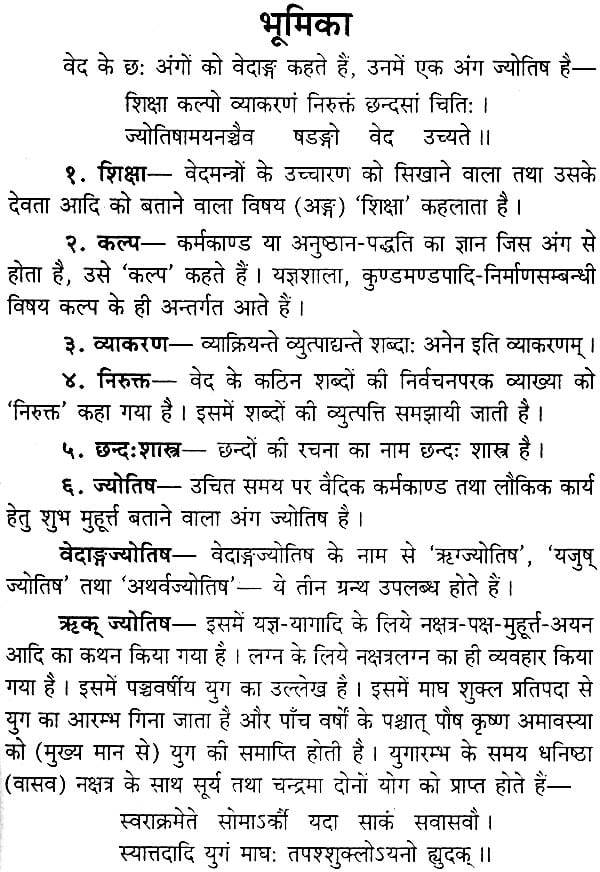
In this respect it resembles the later classical Sanskrit, from which it differs considerably in phonology and inflections. The language of the Vedas is an artificial literary language fully perfected, and is not a mere popular dialect. Of these only the first three were originally regarded as canonical the fourth attained to this position after a long struggle. But usually the term veda applies only to the four collections ( Samhitas) of hymns and prayers composed for different ritualistic purposes: the Rig-Veda, Sama-Veda, Yajur-Veda, and Atharva-Veda. In its widest sense the term designates not only the sacred texts, but also the voluminous theological and philosophical literature attached thereto, the Brahmanas, Aranyakas, Upanishads, and Sutras (see BRAHMINISM). The Sanskrit word veda means "knowledge", more particularly "sacred book". Includes the Catholic Encyclopedia, Church Fathers, Summa, Bible and more all for only $19.99.
#Information about atharva veda full
It is when we are at the deepest level of our existence.Please help support the mission of New Advent and get the full contents of this website as an instant download. It can only be perceived by direct experience through meditation. Atman is the core of all creatures, their innermost essence.Moksha is the liberation from this never ending cycle of reincarnation, a way to escape this repetition.In other words, dharma encouraged people of different social groups to perform their duties the best they could.Those who do good will be reborn in better conditions while those who are evil will be reborn in worse conditions.Perhaps in an animal, perhaps as a human, perhaps as a god, but always in a regular cycle of deaths and resurrections. Some of these principles are Samsara, Karma, Dharma and Moksha. Even though the Upanishads do not offer a single comprehensive system of thought, they do develop some basic general principles.In fact, one of the first lessons that we learn in the Upanishads is the inadequacy of the intellect. The purpose is not so much instruction as inspiration: they are meant to be expounded by an illuminated teacher from the basis of personal experience.Although there are over 200 surviving Upanishads, only 14 are considered to be the most important.and implies listening closely to the secret doctrines of a spiritual teacher.What are Vedas?Įl Despertar Sai (2010, March 8). Of the universe, the unchanging “Absoluteīeing”, the intangible essence of the entireīeck, S. We will be reborn in worse circumstances. Suffering seems impossible, for sooner or later The eternal cycle of deaths and resurrectionĬan be seen as a pointless repetition with no.For example, among the Kshatriyas (the warriorĬaste), it was considered a sin to die in bed ĭying in the battlefield was the highest honor.Particular set of responsibilities, a dharma. Idea that we all have a social obligation. Dharma means “right behavior” or “duty”, the.Natural and eternal law operating in the universe. There is no judgment or forgiveness, simply an impersonal,.Our life is conditioned by our previous karma. Karma determines the conditions of the next life, just like.Karma, which literally means “action”, the idea that all.This view, comes from direct perception and The highest understanding, according to.Is entirely useless it certainly has its use. The Upanishads do not claim that our brain.Human intellect is not an adequate tool to.

Practical religion and magic of the time. Veda apart from the other Vedas, which focus onĪdoring the gods and performing the liturgy of sacrifice,Īnd makes it an important source of information on the It consists of 20īooks of hymns and prose, many of which reflect the

Was added significantly later than the first three Ritual acts, many of which are addressed to the Priests and contains brief prose to accompany Liturgical works consisting primarily of selections from

the Vedic gods also forgive wrongdoing and Surga (the sun) and Varuna (the cosmic order) through ritual Gods Indra (war, wind and rain), Agni (the sacrificial fire), The hymns of the Rig Veda focus on pleasing the principal Of hymns and mantras used by the hotri priests. Rig Veda consists of 10,552 verses (collected into 10 books) Atharva-Veda “Knowledge of the Magic formulas” Yajur-Veda “Knowledge of the Sacrificial formulas”Ĥ. Rig-Veda “Knowledge of the Hymns of Praise”ģ. The basic Vedic texts are the Samhita “Collections” ofġ. Vedism is the oldest stratum of religiousĪctivity in India for which there exist written Material as well as mythological accounts,


 0 kommentar(er)
0 kommentar(er)
